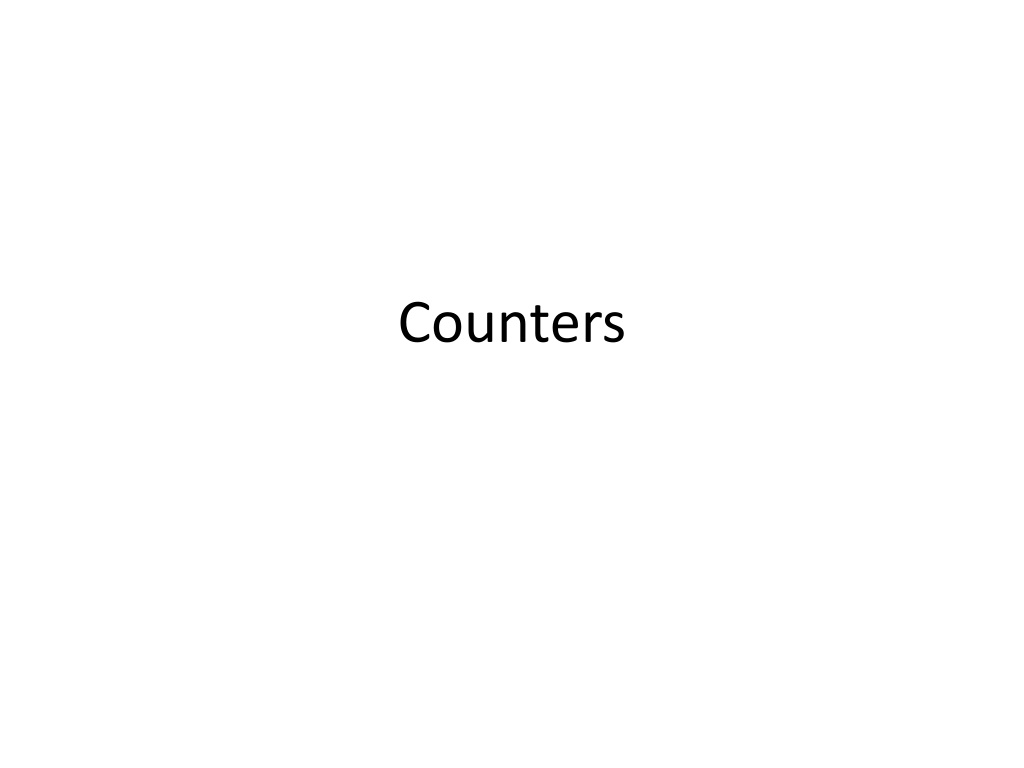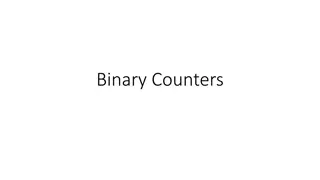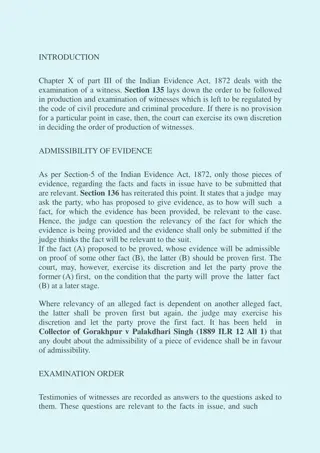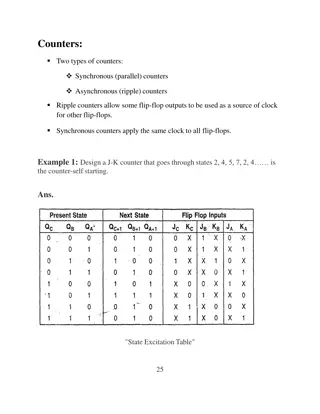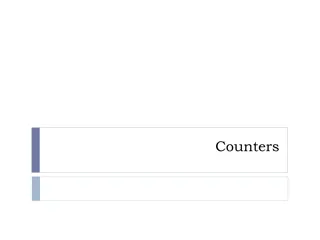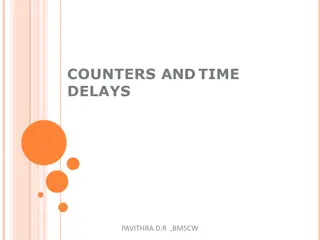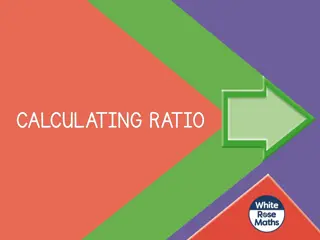Counters: A Detailed Examination
Uncover the intricacies of counters, their uses, and types in various applications. Dive into the world of counters, from basic concepts to advanced features. Explore real-life examples and gain insights into how counters contribute to efficient counting mechanisms. Whether you're a beginner or an experienced enthusiast, this comprehensive guide will enhance your knowledge and understanding of counters.
Download Presentation

Please find below an Image/Link to download the presentation.
The content on the website is provided AS IS for your information and personal use only. It may not be sold, licensed, or shared on other websites without obtaining consent from the author.If you encounter any issues during the download, it is possible that the publisher has removed the file from their server.
You are allowed to download the files provided on this website for personal or commercial use, subject to the condition that they are used lawfully. All files are the property of their respective owners.
The content on the website is provided AS IS for your information and personal use only. It may not be sold, licensed, or shared on other websites without obtaining consent from the author.
E N D
Presentation Transcript
In class excercise How to implement a counter , which will count as 0,3,1,4,5,7,0,3,1, Q2 Q1 Q0 D2 D1 D0 0 0 0 0 0 1 0 1 0 0 1 1 1 0 0 1 0 1 1 1 0 1 1 1
Parity checking Design a parity checking circuit that has one input X, and one output O. X may change every clock cycle. The change happens at the falling edge. The circuit samples the input at every rising edge of the clock. If the input is 1, consider as read a 1, else read a 0. O is 1 if all the bits read so far contains an odd number of 1s and 0 otherwise.
Parity checking Note that the output of the circuit depends on ALL past inputs. So one possible implementation is to remember all past inputs. Obviously bad
Parity checking A better implementation is to summarize the past inputs into some states. For what we are concerned about, Knowing the current state, the value of the output can be uniquely determined. Given the current state, the future state transition does not depend on the past inputs. Note that The states are just some binary numbers. The number of states is significantly less than the number of input combinations, so we have a better circuit.
The difference from the counters Counters also have states. For example, the state of the 3-bit counters are 0,1,2,3,4,5,6,7. But counters have only the clk input, and is driven only by the clk. Knowing what the current state is, we know exactly what the next state should be. Here, obviously, the next state also depends on the input X. So we are moving to a more sophisticated example.
States Finding out what the states should be is a bit of art. Problems are different, so the solutions are also different. Experience will help. What the states of the parity checking circuit should be?
State The state is the parity of the bits read so far. Two states: S0 and S1. S0: the bits have parity 0. S1: the bits have parity 1.
State Diagram The state transition diagram. Draw a circle around the state. Draw arrows from one state to another. Beside the arrows, show the values of the inputs that caused this transition. X=1 S0 S1 X=1 X=0 X=0 X = 1 X = 0
Assign states Need to assign binary number representations to the states. Only one bit is needed. Let S0=0, S1=1.
Next State Function Q X D 0 0 0 0 1 1 1 0 1 1 1 0 D = Q^X
Output function The circuit should generate the output. Clearly, the output function is O=Q.
Another FSM example A sequence detector One input X, and one output O. X may change every clock cycle. The change happens at the falling edge. The circuit samples the input at every rising edge of the clock. If the input is 1, consider as read a 1, else read a 0. O is 1 (for one clock cycle, from positive edge to positive edge) if the last three bits read are 101.
Suggestions? Do we need to remember any states? What states do we need to remember?
Suggestions? Maybe we just connect 3 Dffs and output 1 if Q2Q1Q0=101? That is, we need to remember 8 states. Can do better than that. Remember what fractions of the sequence I have got.
4 states S0: got nothing. The initial state. S1: got 1. S2: got 10. S3: got 101. X=1 S0 S1 X=1 X=0 X=0 X=0 X=1 X=0 S3 S2 X=1 X = 1 X = 0
Assign states S0 = 00 S1 = 01 S2 = 10 S3 = 11
Next State Function Q1 Q0 X D1 D0 0 0 0 0 0 1 0 1 0 0 1 1 1 0 0 1 0 1 1 1 0 1 1 1
Next State Function Q1 Q0 X D1 D0 0 0 0 0 0 0 0 1 0 1 0 1 0 1 0 0 1 1 0 1 1 0 0 0 0 1 0 1 1 1 1 1 0 1 0 1 1 1 0 1 D1 = (Q0&~X)|(Q1&~Q0&X) D0 = X
The output function Clearly, O = Q1&Q0.
